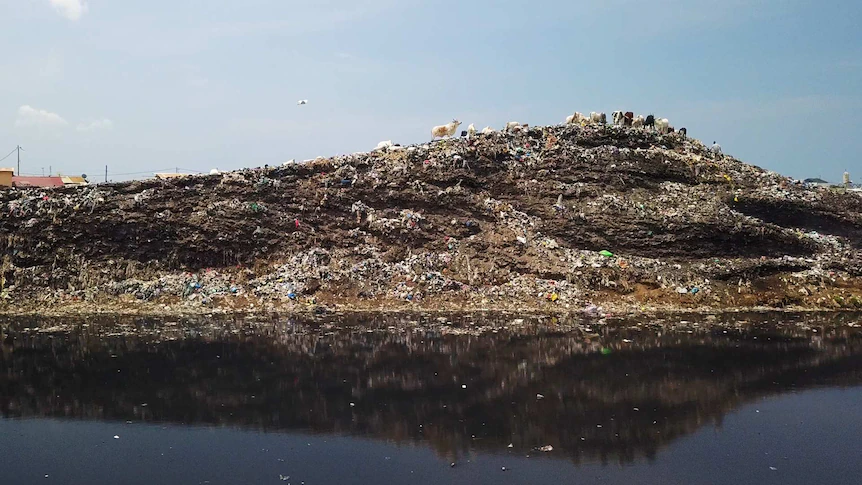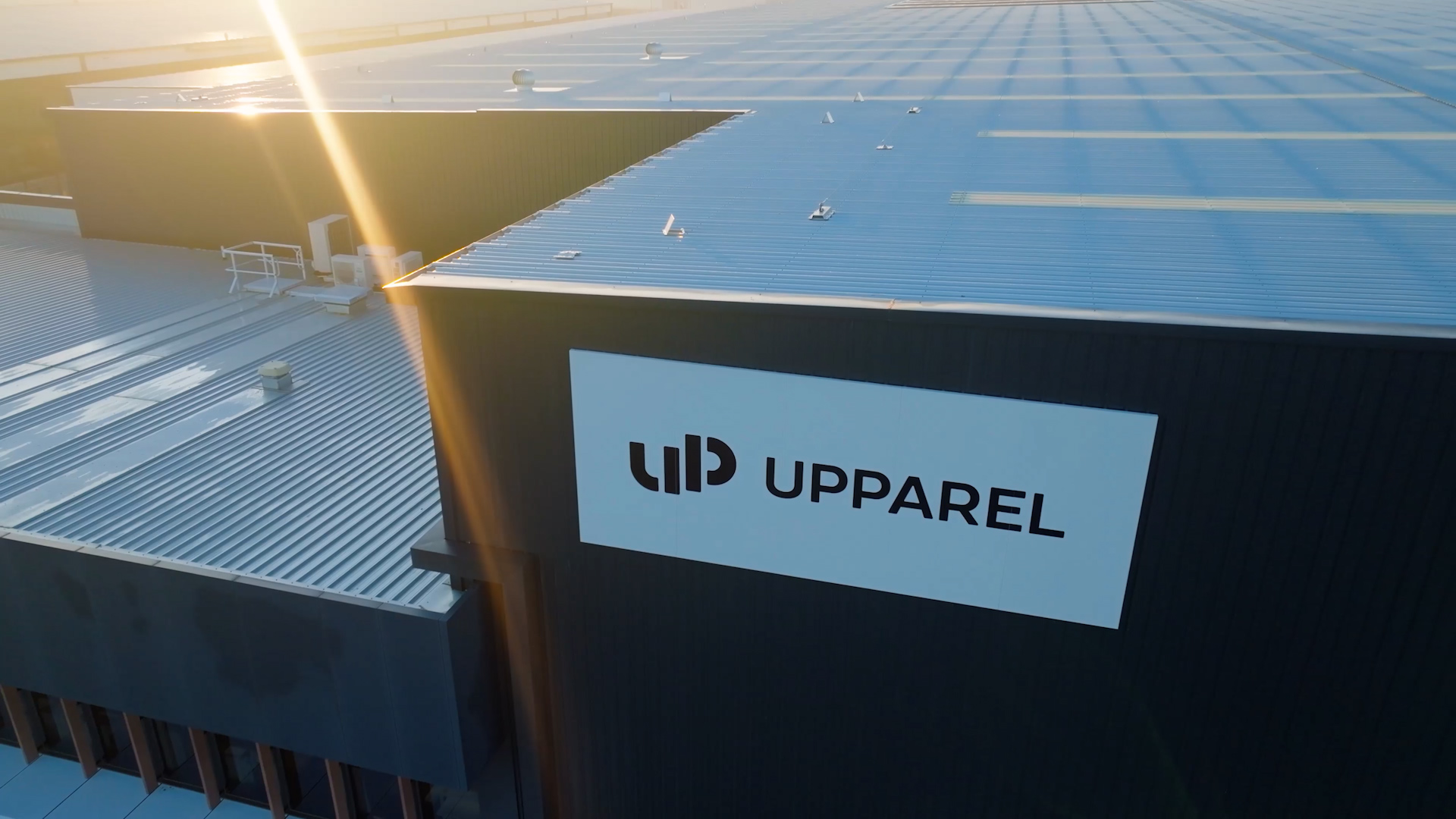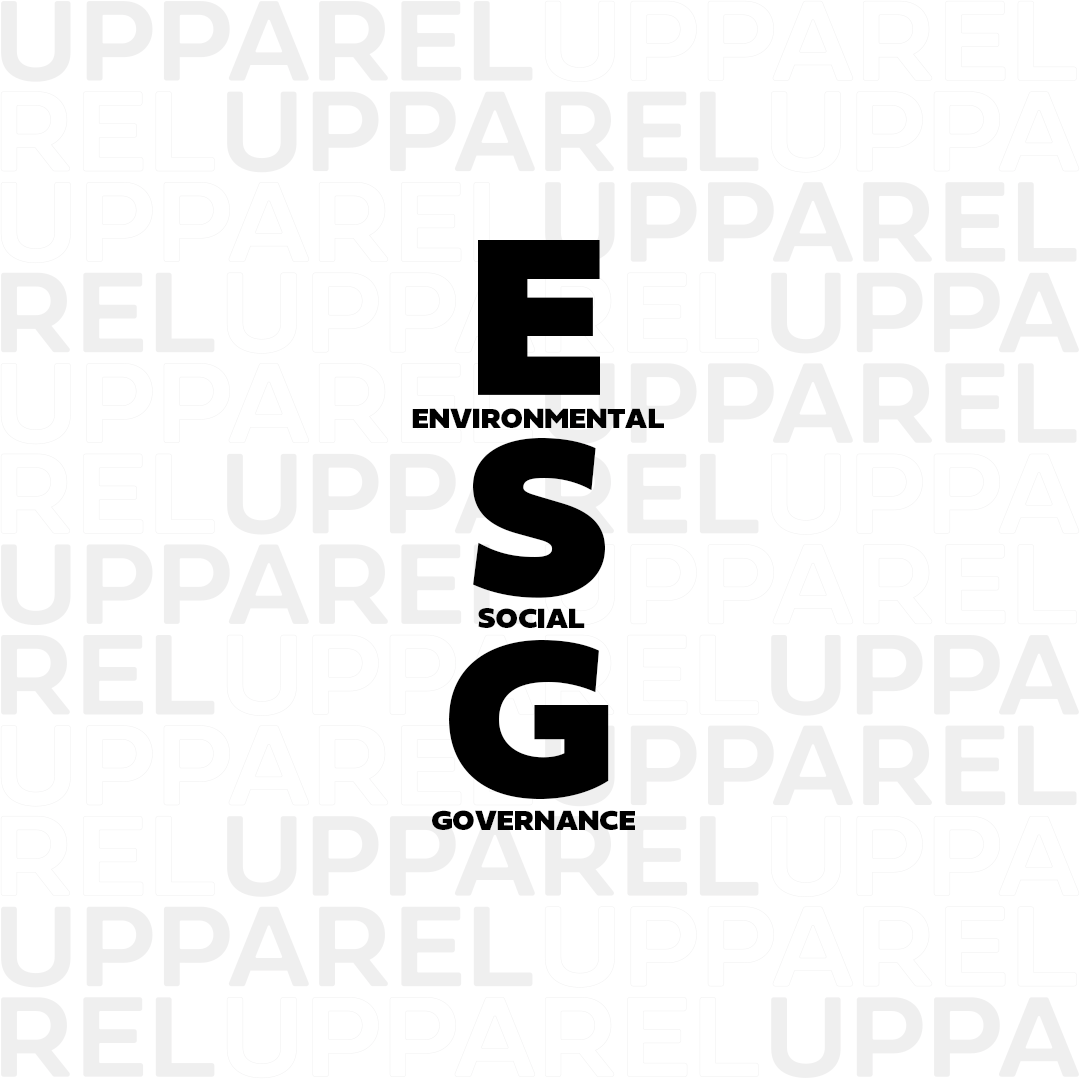
Waste Isn’t Waste Until We Deem It So
Rethinking Circularity In Textile Waste
- Updated
- April 3, 2025
- 3:50 pm
In an era defined by rapid consumption, waste has become an unavoidable byproduct of modern society. Yet, what if the issue is not the waste itself, but rather our deeply ingrained perception of it? The assertion that “waste isn’t waste until we deem it waste” challenges the conventional belief that once an item has fulfilled its primary function, it ceases to hold value. This perspective is especially pertinent within the textile industry, where excessive production, relentless consumer demand, and fleeting trends have catalysed an unprecedented crisis of material excess. Instead of viewing discarded clothing as an inevitable endpoint, we must redefine our understanding of waste—textile waste should be seen as a potential resource rather than an ecological and economic burden.
The Problem with Linear Waste Thinking
The prevailing linear economic model—characterised by the ‘take-make-dispose’ paradigm—has fostered a culture of disposability. Nowhere is this more evident than in the fashion industry, where seasonal trends, aggressive marketing strategies, and fast-fashion accessibility have led to an overwhelming accumulation of textile waste. In Australia alone, approximately 227,000 tonnes of clothing are discarded annually, with a staggering 93% ending up in landfill. On a global scale, we generate an estimated 92 million tonnes of textile waste each year, a number projected to increase to 134 million tonnes by 2030 if current consumption patterns persist.
Beyond the sheer volume of waste, the environmental ramifications are severe. The production of textiles is one of the most resource-intensive industrial processes, consuming an estimated 93 billion cubic meters of water annually and accounting for 10% of global carbon emissions. Furthermore, synthetic fibres such as polyester contribute to microplastic pollution, with 35% of microplastics in the ocean originating from textile production and laundering. The implications extend beyond ecological damage; the disproportionate burden of textile waste disposal has created humanitarian crises in countries that serve as the world’s dumping grounds.
While fashion brands are undeniably culpable for unsustainable production practices, consumer behaviour exacerbates the crisis. The relentless pursuit of novelty has fostered a disposable fashion culture, where garments are designed for obsolescence rather than longevity. However, the fundamental issue remains our perception of waste. What if, instead of treating disposal as the final step, we prioritised redistribution, repurposing, and reintegration into production cycles?
The Global Impact: A Crisis Beyond Borders
The environmental consequences of textile waste extend beyond national borders, disproportionately affecting communities in the Global South. Countries such as Ghana have become inundated with textile waste exported from Western nations under the guise of “charitable donations.” In Accra’s Kantamanto Market, one of the largest second-hand clothing economies in the world, an estimated 15 million garments arrive every week. However, due to the declining quality of fashion, nearly 40% of these items are deemed unsellable and are consequently dumped in landfills or waterways.
The repercussions of this influx are dire. Coastal communities in Ghana report that textile waste is clogging their waterways, contaminating fisheries, and exacerbating socioeconomic hardships. Fishermen are catching more discarded clothing than fish, highlighting the intersection between environmental degradation and economic destabilisation. This crisis is not merely an ecological issue but a human rights concern—communities that contribute the least to textile waste production are the ones suffering its most catastrophic consequences.
Circularity: A Solution Rooted in Innovation
The concept of circularity offers a radical departure from the traditional waste narrative by advocating for continuous resource utilisation. Instead of discarding materials, circular economic models emphasise extending product life cycles, repurposing existing materials, and reintegrating them into new production systems. This transition is not merely an environmental necessity; it presents substantial economic and social opportunities.
Textile circularity encompasses a range of strategies, including eco-design and upcycling initiatives. Emerging technologies are playing a crucial role in this shift.
Organisations like UPPAREL are at the forefront of this movement, implementing closed-loop recycling systems that divert textiles from landfills and repurpose them into new products. To date, UPPAREL has successfully diverted over 7.2 million kilograms of textiles from waste streams, demonstrating the feasibility of scalable circular solutions. Our model serves as a blueprint for industry-wide transformation, proving that a zero-waste future is not a utopian ideal but an achievable reality.
A Call to Action: Redefining Our Relationship with Waste
The success of circular initiatives hinges on collective responsibility. As consumers, businesses, and policymakers, we all have a role to play in dismantling the linear waste model and embracing regenerative alternatives. Here are tangible steps that can drive meaningful change:
Adopt a ‘waste as a resource’ mentality – Before discarding an item, explore avenues for donation, resale, upcycling, or recycling through verified programs.
Support brands prioritising circularity – Choose companies that integrate sustainable production, ethical sourcing, and end-of-life solutions into their business models.
Extend product lifespans – Invest in high-quality garments, repair damaged clothing, and embrace second-hand fashion to minimise unnecessary waste.
Engage in textile recovery programs – Participate in initiatives such as UPPAREL’s textile collection programs to ensure materials are repurposed rather than discarded.
Advocate for policy reform – Support legislative measures that promote extended producer responsibility (EPR), mandating that brands take accountability for their products throughout their life cycle.
The Future of Waste is Circular
Waste, as we currently define it, is an arbitrary concept. Materials only become waste when we relinquish responsibility for them—when we fail to recognise their continued value. By shifting our perspective and embracing circularity, we can dismantle the traditional waste paradigm and redefine how resources are utilised.
The work of organisations like UPPAREL proves that a zero-waste future is not just an aspirational goal but an attainable reality. Through innovation, systemic change, and collective commitment, we can transition from a wasteful linear economy to a regenerative, circular system where waste ceases to exist.
Waste isn’t waste—until we make it so. The time to reclaim its potential is now.



